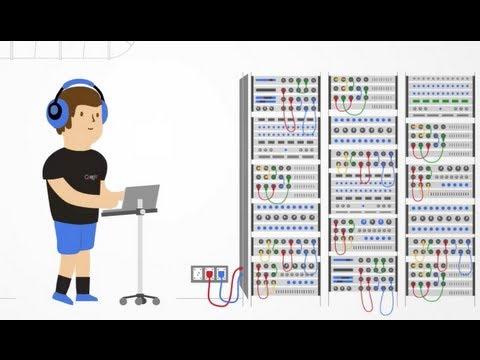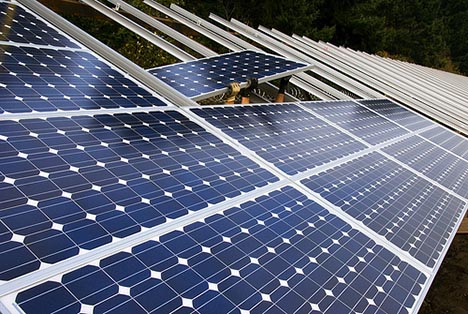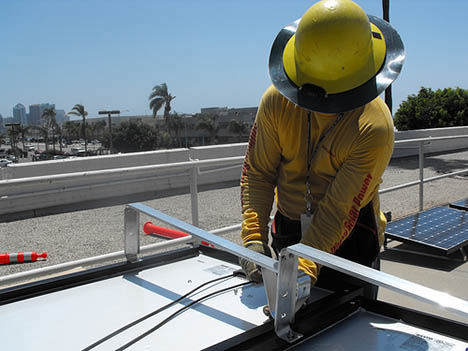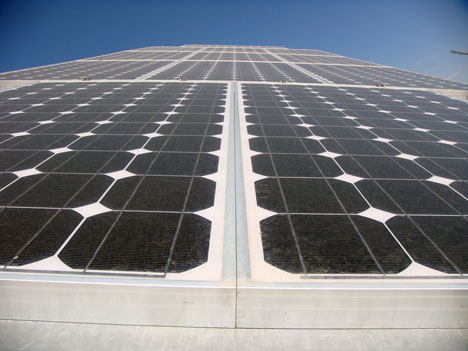Kurt Hoelting’s The Circumference of Home is less remarkable as a memoir of the author’s radically car-free year than it is as perspective on his return to “civilization.” A conversation with Hoelting as his book hits the shelves reveals that his take-away may be more practical and far less radical than a year of limiting his movement to a 60-mile radius by bicycle, kayak and foot. “I am using my car again, but a lot less than I did before,” he admits. “I certainly better understand the transportation alternatives, and a much greater willingness to use them. I travel now by bicycle or public transportation whenever it is a reasonable alternative, and my definition of what constitutes a ‘reasonable alternative’ is much enlarged. “It is difficult to make use of alternatives when you don’t know they are there, and especially if you are not open to them to begin with.” The commercial fisherman, wilderness guide and meditation teacher has once again resumed travel outside his immediate home region. “I drive a Prius, so using the most efficient technology available also plays into the fomula in an important way,” he notes. “And when I do use a car, I carpool as much as possible.” “… Apart from a family emergency, I have maintained my commitment to not flying on jets, which are the biggest source of personal carbon emissions for people who travel a lot, dwarfing the emissions from the use of our cars,” he continues. “A single flight to Europe from Seattle, for example, is responsible for roughly the equivalent emissions (per passenger) or driving an SUV for six months, or a hybrid car for a full year. When I travel to Alaska now for my summer guiding season with Inside Passages, I take the ferry from Bellingham both ways rather than flying. When I travel east, I take the train and use the time for work en route. It is not a trip I can realistically take very often, so I don’t travel outside the region as much as before, and I try to cluster my engagements when I do.” Ultimately, Hoelting reports the changes to his travel patterns were much easier than he had anticipated. The real benefit, he adds, is an increased sense of engagement and belonging within his own home region —”an extraordinary opportunity to wake up to the richness of what is right on the ground beneath our feet.” Glossary: Hybrid fuel technology , Emissions

Read the original:
The aftermath of a car-free experiment
Posted in 1, Gossip, Hollywood, Hot Stuff, News, V
Tagged book, celeb news, definition, electrical, equivalent, europe, green technology, hoelting, renewable, summer, transportation


































